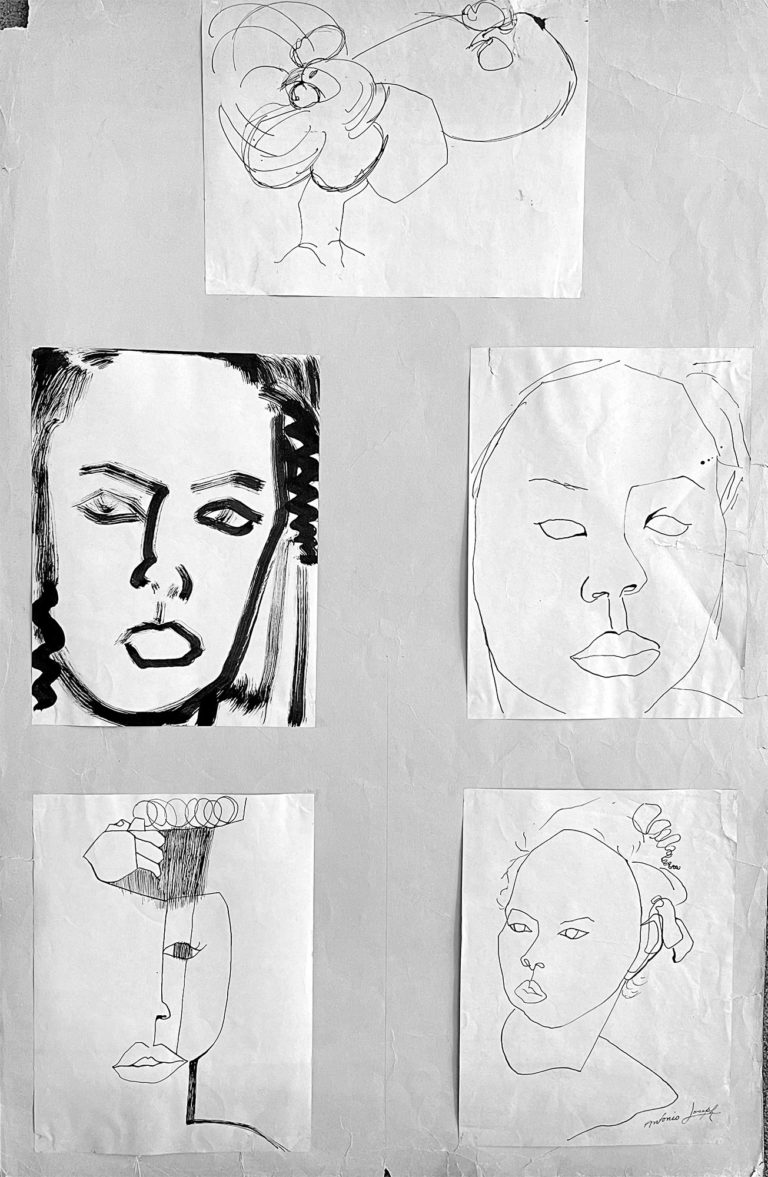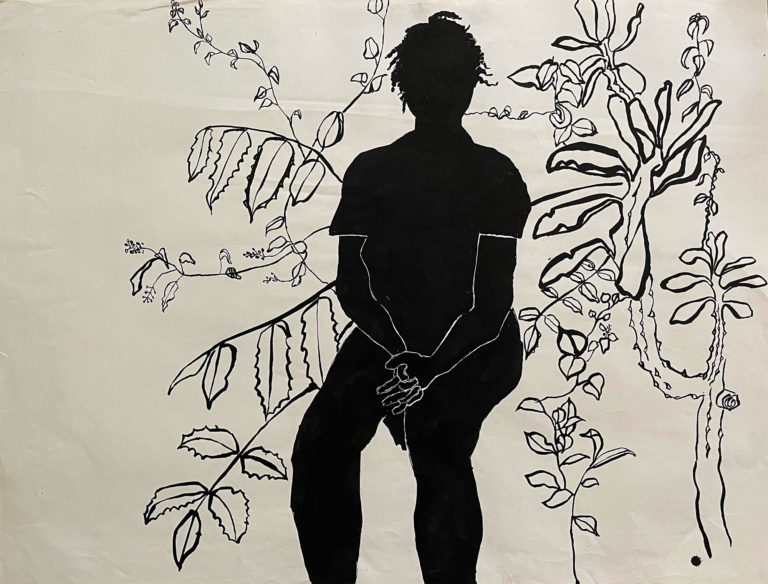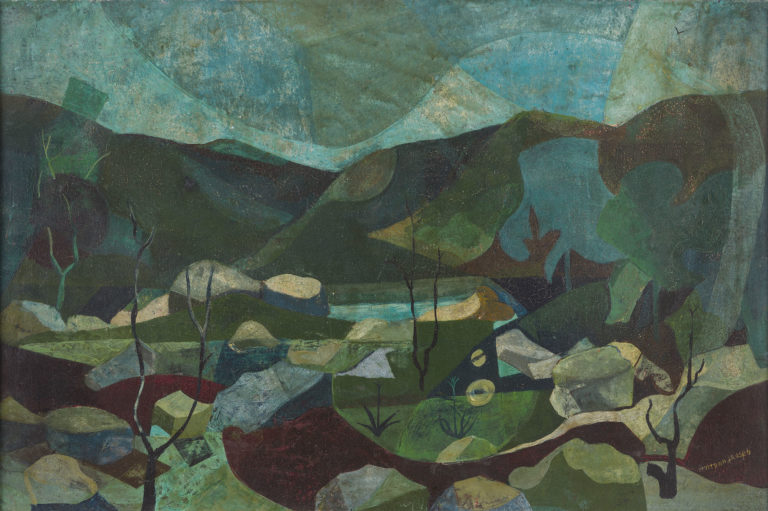Français
English
C’est à l’âge de 23 ans Qu' Antonio s’enrôla, le 14 mai 1944, comme élève-membre du Centre d’Art. Il reçut ses premières notions de dessin géométrique et d’aquarelle de Dewitt Peters, un artiste américain venu en
Haïti come professeur d’Anglais mais qui éventuellement
abandonna son post de professeur pour s’adonner à
plein temps à la promotion et l’épanouissement
de l’art en Haïti. Le Centre d’Art créé en 1944
par Dewitt Peters avec la participation et le
support de plusieurs intellectuels haïtiens
était beaucoup plus qu’une simple galerie.
C’était une école d’art, un club social, un
centre éducatif ou les jeunes et nouveau
artistes haïtiens se trouvaient exposés
pour la première fois au monde (et au
marché) artistique extérieur. Antonio fit
parti de cette explosion artistique des années 40 aux cotés de Peters, avec lequel il développa une amitié sincère qui dura jusqu’à la mort de ce dernier en 1966. La carrière d’Antonio resta intimement liée au Centre d’Art puis, plus tard, au Musée d’Art Haïtien. Il fut professeur de dessin au Centre d’Art pendant de longues années et fit parti du conseil administratif des deux institutions. En tant qu’artiste il resta fidèle au Centre d’Art pendant toute sa carrière.
Il est difficile de classifier Antonio dans un style ou un genre particulier. Il est définitivement moderne mais d’une haïtianité indiscutable, sans trace, cependant, de primitivisme ou de vaudouisme. Son œuvre est variée, profonde, souvent sombre, triste et silencieuse mais toujours d’une simplicité remarquable. Parti d’un sujet ordinaire ou d’une réalité banale, il crée un univers qui nous parle en secret, sans bruit et sans fanfare, de ses craintes et de sa solitude profonde d’artiste. Car, Antonio, esprit paranoïde, solitaire, parfois ombrageux (peut-être le résultat d’une enfance dure et malheureuse) exprime ses émotions à travers son art. Chaque toile est travaillée et retouchée ad libitum et rarement considérée come « finie. » Ses œuvres les plus remarquables sont parfois les moins connues : « La St. Jean » « Rêve bleu » « La foule » ou « l’ombre » par exemples, sont à la fois d’une beauté envoutante et mystérieuse.
Lorsqu’il s’éteignit le 7 May 2016 en sa résidence à Carrefour, Haïti perdit l’un de ses plus grands artistes.
It was at the age of 23 on May 14 1944, as a student-member at the Haitian Art Center. He received his first notions of geometric drawing and watercolor from Dewitt Peters, an American artist who came to Haiti as an
English teacher but who eventually abandoned his post as a
teacher to devote himself, full time, to the promotion of art
in Haiti. The Art Center, created in 1944 by Dewitt
Peters with the participation and support of
several Haitian intellectuals, was much more
than a simple gallery. It was a school of art,
a social club, an educational center where
young and new Haitian artists were exposed
for the first time to the outside art world
and market. Antonio was part of this
artistic explosion of the 1940’s alongside
Peters, with whom he developed a sincere
friendship that lasted until the latter’s death in 1966. Antonio’s career remained intimately linked to the Art Center and later to the Haitian Art Museum. He taught drawing at the Art Centre for many years and was a member of the administrative council of the two institutions. As an artist, he remained faithful to the Art Center throughout his career.
It is difficult to classify Antonio in a particular style or genre. He is definitively modern but with an indisputable Haitian flavor, without trace, however, of primitivism or voodooism. His work is varied, profound, often dark, sad and silent, but always remarkably simple. Starting from an ordinary subject or a banal reality, he creates a universe that speaks to us in secret, without noise or fanfare, of his fears and his profound solitude as an artist. Because, Antonio, of paranoid and solitary character (perhaps the result of a harsh and unhappy childhood) expresses his emotions through his art. Each canvas is worked and retouched ad libitum and rarely considered a « finished product » by the artist. His most remarkable works are sometimes the least known: «La St. Jean, » «Rêve bleu» «or «L’ombre, » for example, are at the same time of an enchanting and mysterious beauty.
When he died on May 7, 2016, in his residence at Carrefour, Haiti lost one of its greatest artists.






